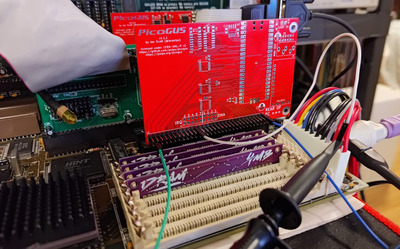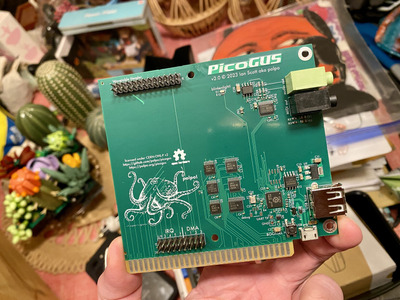Reply 480 of 842, by Shreddoc
- Rank
- Oldbie
The new JLC build sounds cool, looking forward to seeing. A few dollars here or there doesn't make much difference, for what its worth, given that the entire project is a massive bargain at any conceivable price, compared with how much$ original products (or even modern remakes) cost for even half of this functionality.
vutt wrote on 2023-09-23, 09:32:A few additional bucks will not change my mind. […]
A few additional bucks will not change my mind.
Yesterday I spend few hours running players and dos demos on my new 486 build. So HiNT CS8005 chipset can be added to PicoGUS compatible list now.
Following demos/players worked fine:2nd reality and unreal by Future Crew, Crystal Dream I and II, DRIFT by WILD LIGHT, C N C D Inside, Legend and Project ANGEL by IMPACT Studios, Machines of Madness by Dubius, Contrast - OXYGENEalso Cubic Player, Impulse Tracker, DMP v4 and XTC playerOnly one fail - Electromotive Force - Verses (1994) . In 2 attempts music started well but stopped/was partially played in the middle of demo.
IIRC I have experienced the same inconsistency with Verses - sometimes reaching partway into the demo, and having the music abruptly stop.
I don't know what the cause is, though - whether it's the PicoGUS, or all GUSes, that demo's code, the machine specs/speed, or some vagary combination of these and other factors.

